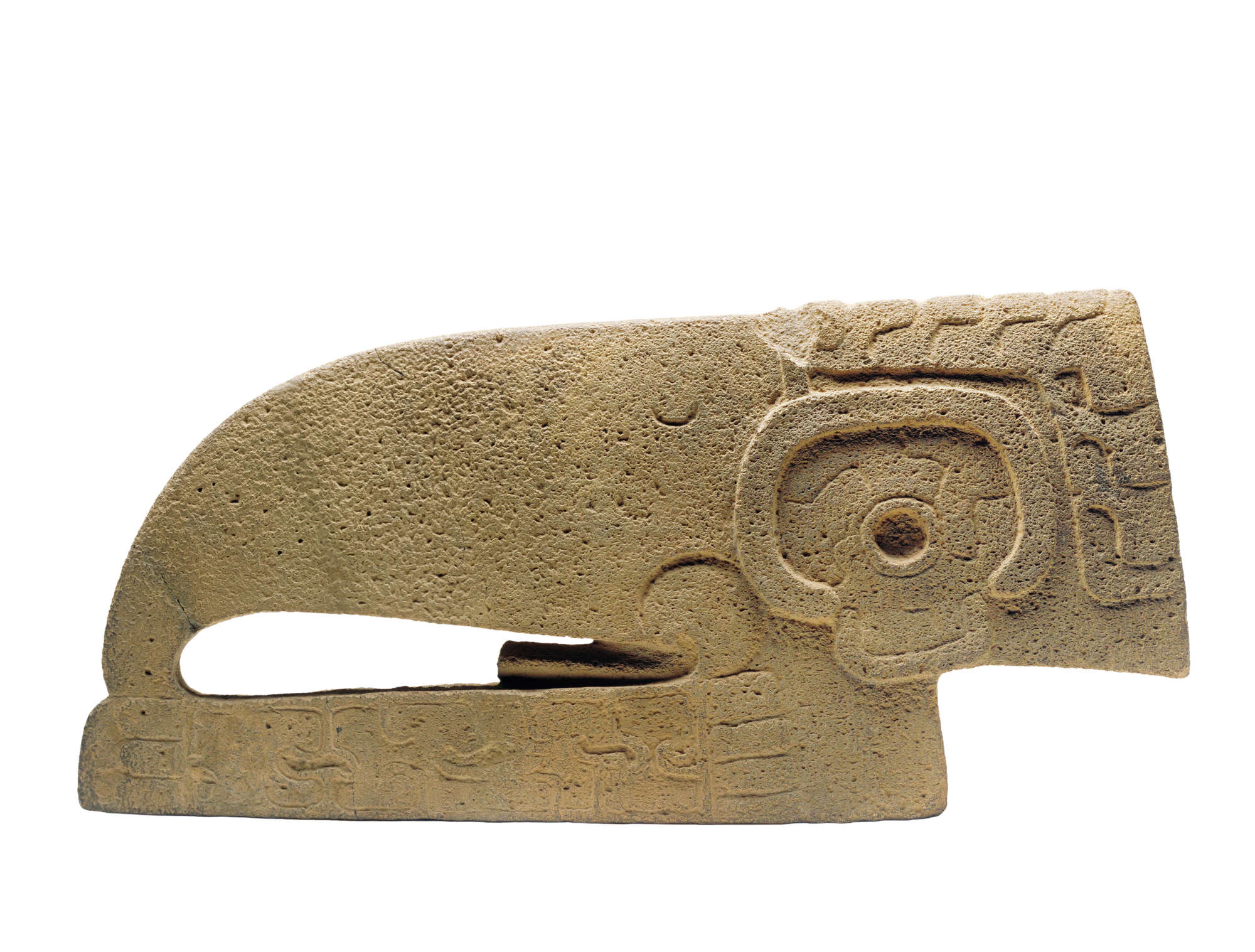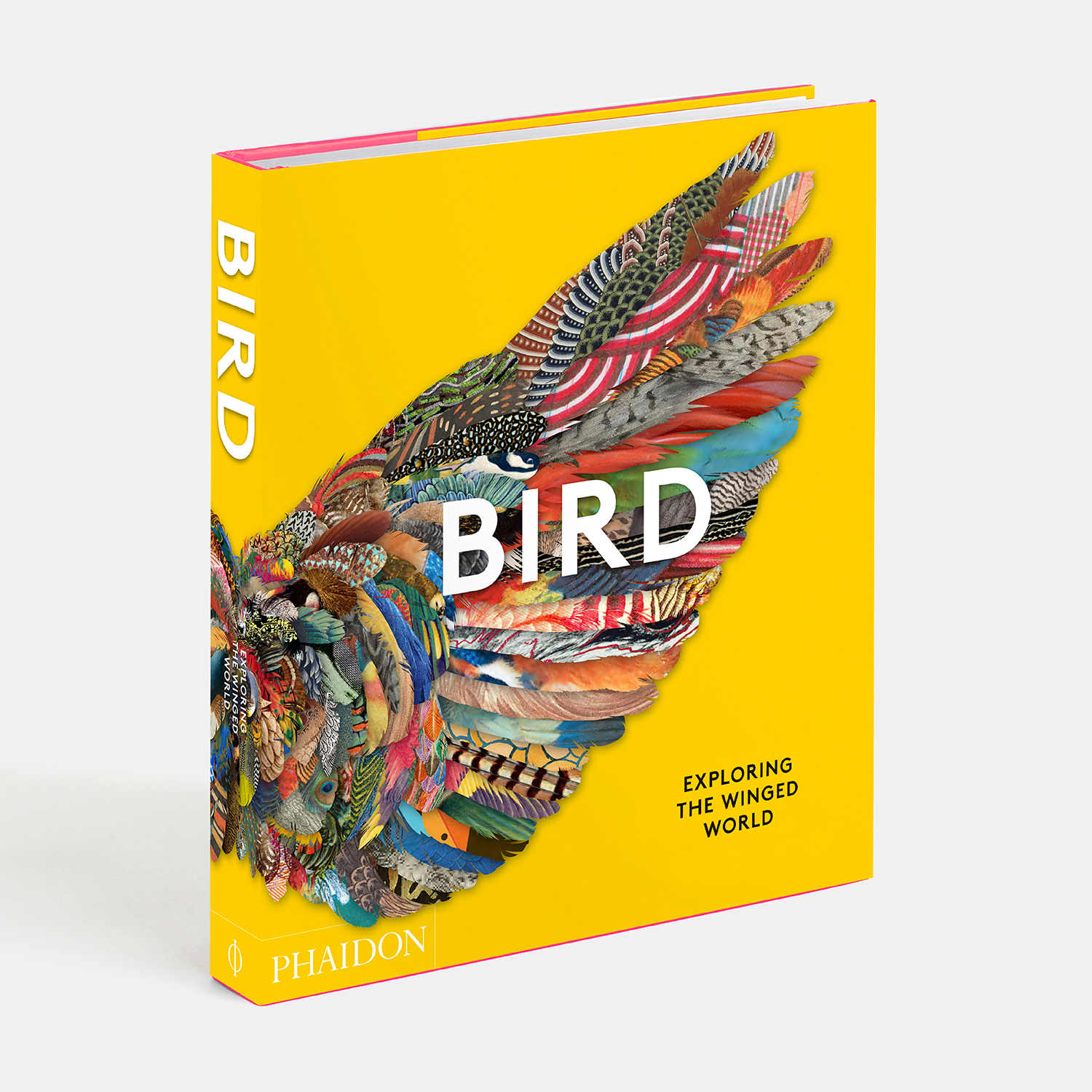
The bird that played its part in an ancient ball game
This Mayan artefact has both sporting and religious significance, explains our new book, Bird: Exploring the Winged World
Bird: Exploring the Winged World shows us just how much meaning the avian world holds for humans. The book presents an incredible array of bird-themed images, created by botanists, advertising creatives, cartoonists, illustrators, artists and commercial photographers.
There’s the Twitter logo, and the Guinness Toucan, Picasso’s dove of peace, and the Thanksgiving Turkey. In this book birds can symbolise war and peace, love, death and rebirth. There are birds associated with sports such as falconry, hunting and cock fighting. Bird images freighted with religious connotations abound, whether they’re Christian, Islamic, or drawn from other, less widespread faiths.
This hacha, or ornamental stone bird’s head is unique in the book, as it bridges these fundamental human interests, as Bird explains. “A stone hacha represented an ornamental attachment to a U-shaped yoke of leather, cotton or wood, worn around the hips by competitors in Mayan ball games to deflect a hard rubber ball across an I-shaped stone court,” says the book. “Teams of between two and six players used only the right hip, elbow and knee to prevent the ball from touching the ground.”
Had the Mayan civilization survived, would we now see latter day hachas in use at the Tokyo Olympics? Perhaps; though, the significance of this bird’s head isn’t limited to the Mayan ball court. As the book points out, the ring around the eye of this stone bird’s head suggests it may be linked to the mythological Hero Twins Hunahpu and Xbalanque of the Maya creation story.

“In the myth, the Hero Twins were asked by the sky god, Huracan, to dispatch a vain, arrogant bird god called Vucub Caquix, or Seven Macaw,” explains the book. “Seven Macaw claimed to be the sun or moon, and had amassed a vast following of worshippers. The twins shot him in the jaw with a blowgun while he perched in a tree, but he was only wounded and managed to tear off Hunahpu’s arm. The twins then invoked a pair of ‘grandparent’ gods, who approached Seven Macaw to ask for the return of the arm, saying that they were merely poor peasant dentists.
“Seven Macaw demanded that his jewelled teeth, which had been loosened by the twins’ blowgun, be repaired, but the ‘grandparents’ replaced his teeth with corn kernels instead, and he died of shame,” the entry concludes.
To better grasp how this sporty stone macaw's head fits in among a wider world of bird imagery, order a copy of Bird: Exploring the Winged World here.